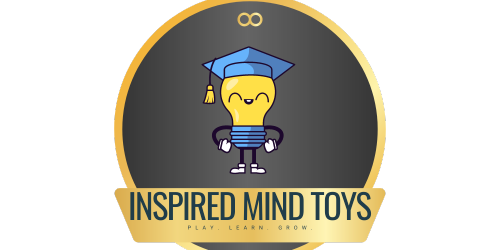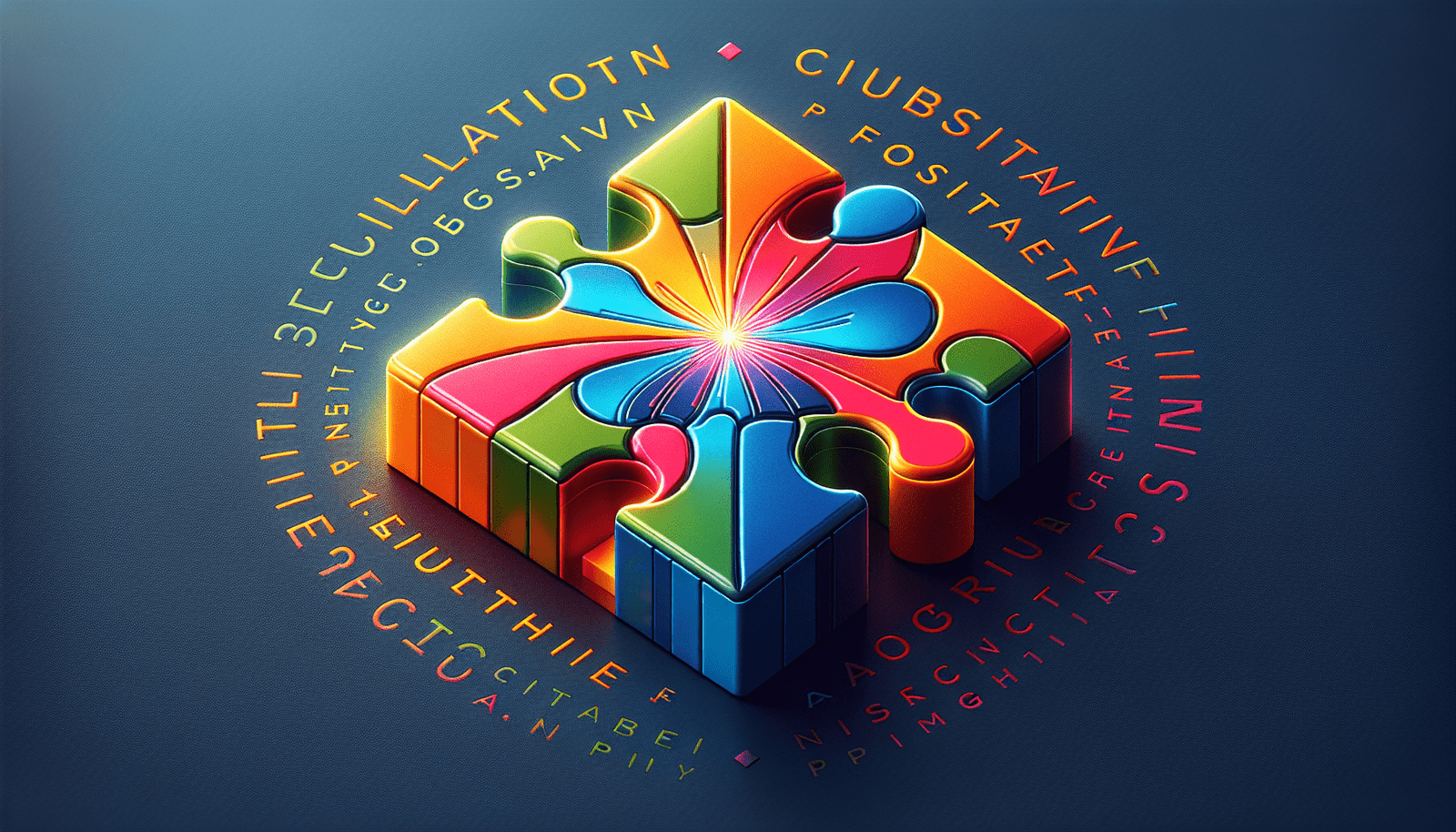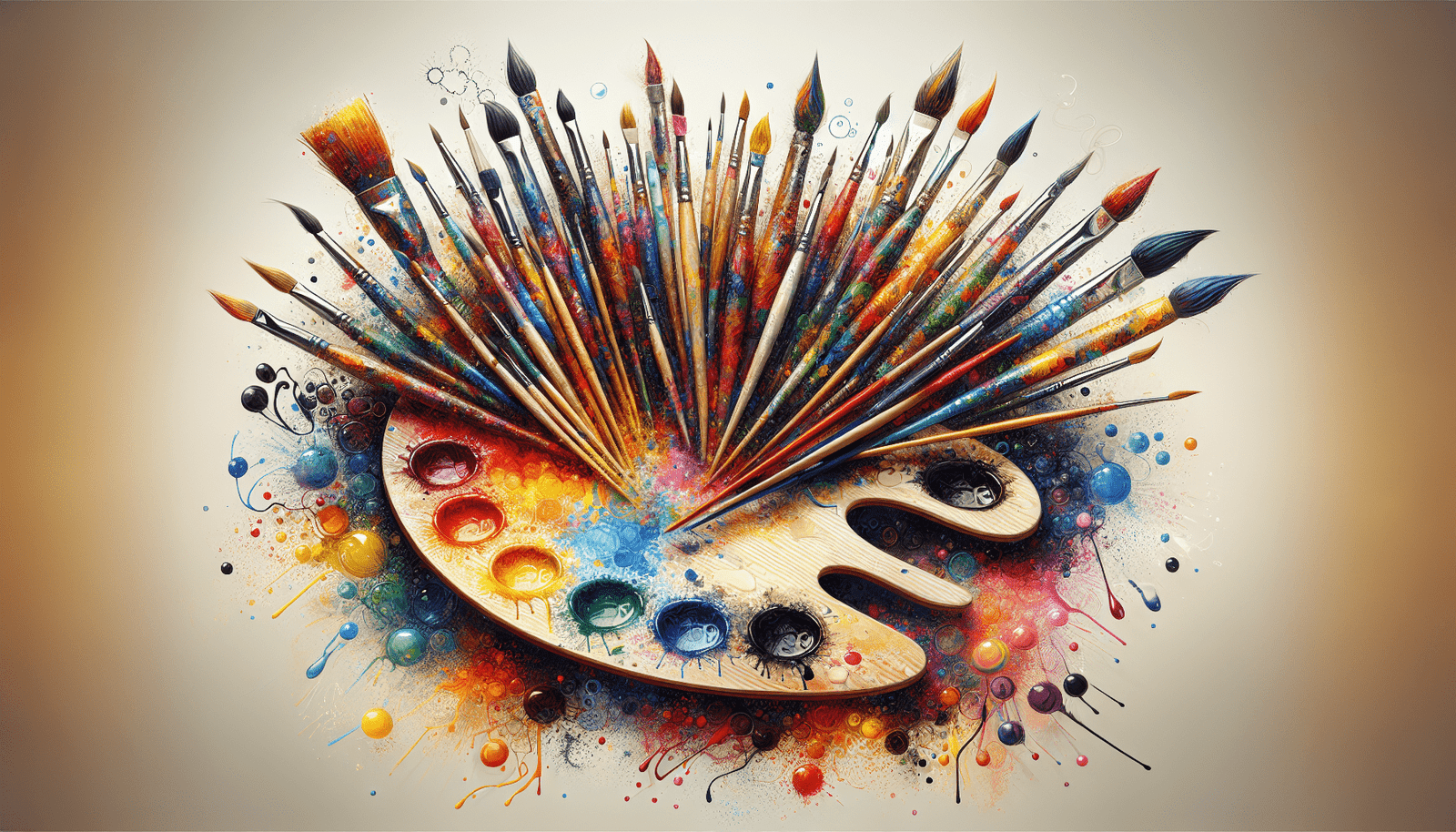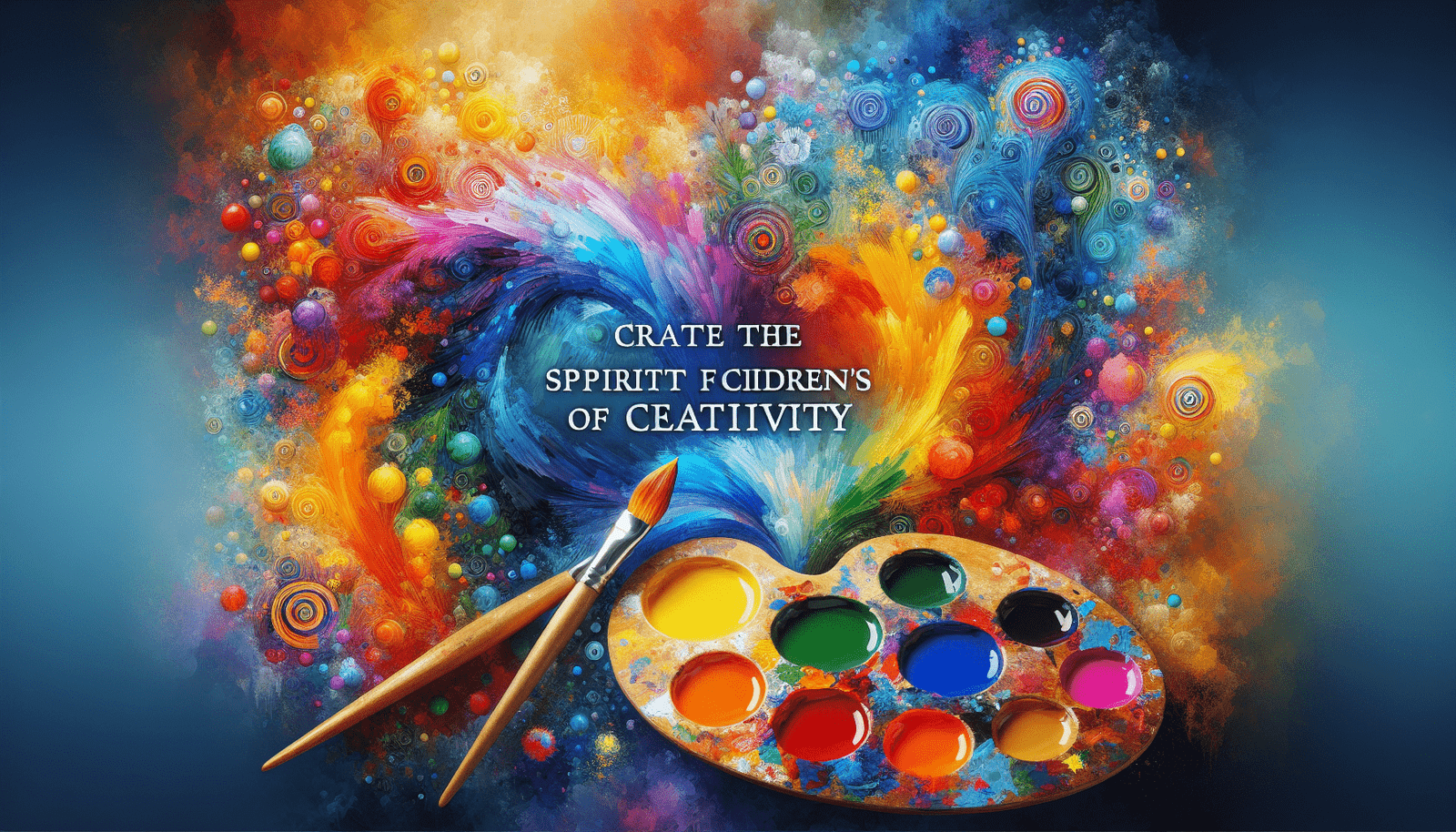In this Buyer’s Guide, discover how to select the perfect educational toys that foster creative problem solving skills. From puzzles to building blocks, this article provides valuable insights and tips on choosing toys that not only entertain but also stimulate your child’s imagination and critical thinking abilities. Whether you’re a parent, grandparent, or a caring individual looking to gift a child, this guide will help you make informed decisions that support their educational development in a fun and engaging way. So, let’s dive into the world of educational toys and unlock the potential for endless learning and problem-solving adventures!
Educational Toys For Creative Problem Solving
Understanding the importance of educational toys
Role of toys in a child’s development
Toys play a crucial role in a child’s development as they provide opportunities for learning and growth. While many toys are designed solely for entertainment, educational toys go beyond that by promoting cognitive, physical, and emotional development. These toys engage children in a meaningful way, encouraging them to explore, experiment, and problem-solve, all while having fun.
Significance of creativity and problem-solving in early learning
Creativity and problem-solving are vital skills for children to develop early on. Educational toys that foster creativity allow children to imagine, create, and express themselves freely. By engaging in creative play, children develop their ability to think outside the box, come up with innovative ideas, and solve problems creatively. These skills are not only valuable in childhood but also continue to benefit individuals throughout their lives.
Types of educational toys and their benefits
There are various types of educational toys available, each offering unique benefits to children. Construction toys, such as building blocks and magnetic tiles, enhance spatial reasoning, hand-eye coordination, and fine motor skills. Puzzles and logic games help develop critical thinking and problem-solving abilities. Art and design toys, such as craft kits or painting sets, encourage self-expression and stimulate imagination. Science kits allow children to explore scientific concepts and develop an interest in STEM subjects. By selecting the right educational toys, parents can nurture their child’s specific interests and skills while promoting holistic development.
Factors to consider when buying educational toys
Child’s age
The age of the child is an essential factor to consider when purchasing educational toys. Different age groups have distinct developmental needs and abilities. Toys that are too advanced may frustrate a young child, while toys that are too simple may fail to engage an older child. It is crucial to choose toys that are age-appropriate to ensure optimal learning and enjoyment.
Interests
Take into account your child’s interests and hobbies when selecting educational toys. Children are more likely to engage and learn from toys that align with their passions. If your child shows an interest in animals, consider animal-themed puzzles or figurines. If they enjoy building things, construction sets may be ideal. Stimulating their interests through educational toys not only enhances their learning but also fuels their enthusiasm for exploration and discovery.
Skills to be developed
Consider the specific skills you want to foster in your child when purchasing educational toys. If you want to enhance their fine motor skills, look for toys that require intricate movements and dexterity. If problem-solving is a priority, opt for toys that challenge their logical thinking and analytical abilities. Identifying the skills you want to nurture will help you narrow down the options and choose toys that are tailored to your child’s developmental needs.
Safety
The safety of the toys should be a top priority when making a purchase. Ensure that the toys you choose are free from small parts that could pose a choking hazard, especially for younger children. Look for toys that meet safety standards and carry appropriate certifications. Additionally, consider the durability and sturdiness of the toys to ensure they can withstand rough play without breaking or causing harm.
Budget
While educational toys can be a valuable investment in your child’s development, it is essential to consider your budget. Set a realistic budget and explore options within that range. Remember that the price tag does not always determine the quality or educational value of a toy. Research and read reviews to find toys that offer a good balance between affordability and educational benefits.
How to choose toys that foster creativity
Encouraging imagination
To foster creativity, choose toys that encourage imaginative play. Look for toys that allow open-ended play, where there are no right or wrong answers or predetermined outcomes. Building blocks, dolls, play kitchens, and dress-up costumes are excellent examples of toys that inspire imagination. These toys provide the tools and materials for children to create their own stories, characters, and scenarios.
Promoting exploration and experimentation
Toys that promote exploration and experimentation are essential for nurturing creativity. STEM toys, like robotics kits or science experiment sets, encourage children to explore and discover new things. Art supplies, such as paints, clay, and modeling tools, allow children to experiment with different mediums and techniques. These toys provide opportunities for children to use trial and error, make discoveries, and develop their problem-solving skills through hands-on experiences.
Boosting art and design skills
Art and design toys are excellent choices for fostering creativity. These toys allow children to express themselves artistically and develop their artistic skills. Craft kits, sketchbooks, and DIY projects empower children to explore their imagination and create something unique. By engaging in art and design activities, children learn to think creatively, visualize ideas, pay attention to details, and develop fine motor skills.
Role-play toys
Role-play toys, such as dollhouses, play kitchens, and tool sets, are valuable tools for encouraging creativity. These toys enable children to mimic real-life scenarios and roles, allowing them to explore different perspectives and situations. Role-play enhances social and emotional development, as children learn to navigate relationships, practice empathy, and develop problem-solving abilities through imaginative play.
Selecting toys for enhancing problem-solving skills
Puzzle toys
Puzzle toys are excellent for developing problem-solving skills. They require children to analyze, strategize, and think critically to solve the puzzles. Choose puzzles that are age-appropriate and gradually increase in difficulty to provide a challenge. Jigsaw puzzles, tangrams, and Sudoku puzzles are examples of toys that promote problem-solving and logical thinking.
Building sets and blocks
Building sets and blocks are fantastic toys for enhancing problem-solving abilities. They encourage children to plan, visualize, and construct structures using their imagination and spatial reasoning. Construction toys, like LEGO sets or magnetic building blocks, allow children to design and build their creations, providing endless opportunities for problem-solving and creativity.
Science kits
Science kits are ideal for fostering problem-solving skills while nurturing an interest in STEM subjects. These kits often include experiment instructions and materials, allowing children to hypothesize, test, and draw conclusions. Science kits provide hands-on experiences that require problem-solving skills and critical thinking. They help children develop a scientific mindset and encourage them to ask questions, observe, and analyze the world around them.
Avoiding over-stimulating toys
Dangers of electronic toys
While electronic toys may seem enticing, they can often overstimulate children and hinder their creativity and problem-solving abilities. Excessive use of electronic toys can limit a child’s imagination and ability to think independently. Instead, opt for toys that engage children in active play and promote creative thinking.
Promoting active play over passive entertainment
Choosing toys that promote active play instead of passive entertainment is crucial for a child’s development. Active play stimulates physical activity, coordination, and gross motor skills. Outdoor toys, sports equipment, and imaginative play sets encourage children to engage actively in play, enhancing their problem-solving abilities and overall well-being.
Importance of simplicity in play
To avoid over-stimulation, it is essential to prioritize simplicity in play. Simple toys, such as building blocks or art materials, allow children to engage their imagination and explore open-ended play. Avoid toys with excessive lights, sounds, or pre-set outcomes, as they can limit a child’s creativity and problem-solving skills. Emphasize the value of free play and unrestricted exploration to foster independence and critical thinking.
Gender neutrality in choosing educational toys
Importance of non-gendered toys
Choosing non-gendered toys is important for promoting equality and breaking stereotypes. All children, regardless of their gender, can benefit from a wide range of educational toys. By avoiding rigid gender norms in toy selection, children are encouraged to explore diverse interests and develop a holistic range of skills. Non-gendered toys promote inclusivity and allow children to play and learn without unnecessary restrictions.
Busting myths about ‘boys toys’ and ‘girls toys’
It’s crucial to debunk the myth of ‘boys toys’ and ‘girls toys’ to create an inclusive environment for all children. Toys should not be limited by gender stereotypes, as they can limit a child’s understanding of their own capabilities and interests. Encourage children to explore a variety of toys, regardless of societal expectations. A girl can play with building blocks and develop spatial reasoning skills, just as boys can engage in imaginative play with dolls or kitchens, nurturing their empathy and caregiving abilities.
Eco-friendly and sustainable toy options
Benefits of wooden toys
Wooden toys are an excellent choice for eco-conscious parents. They are made from natural, renewable materials and are often more durable than their plastic counterparts. Wooden toys also have a timeless appeal, allowing them to be passed down through generations. They provide a tactile and sensory experience, promoting hands-on exploration and creativity. By choosing wooden toys, parents contribute to a more sustainable future while providing quality play experiences for their children.
Avoiding plastic toys
Plastic toys contribute significantly to environmental pollution and waste. They are often made from non-renewable resources, and their production and disposal have detrimental effects on the planet. Avoiding plastic toys and opting for more sustainable alternatives is a responsible choice. Look for toys made from recycled materials, natural fibers, or biodegradable materials. By reducing the reliance on plastic toys, parents contribute to creating a more environmentally friendly world for future generations.
Importance of durability and longevity
When considering eco-friendly and sustainable toy options, prioritize durability and longevity. Toys that are well-made and built to last not only provide ongoing play opportunities but also reduce the need for frequent replacements. Look for toys that can withstand rough use and repetitive play, ensuring that they retain their quality over time. By investing in durable toys, parents promote sustainability by reducing waste and minimizing their environmental footprint.
Best educational toy makers
LeapFrog
LeapFrog is a well-known brand that specializes in educational toys and learning systems. Their products combine technology and learning to create engaging and interactive experiences for children. LeapFrog offers a wide range of educational toys, including tablets, interactive books, and learning games. The company is committed to providing quality educational content that supports children’s development in various areas, such as literacy, math, and problem-solving skills.
Melissa & Doug
Melissa & Doug is a trusted name in the toy industry, known for their high-quality and imaginative toys. They offer a wide variety of educational toys, ranging from wooden puzzles and building blocks to art and craft kits. Melissa & Doug’s toys emphasize hands-on play, creativity, and open-ended exploration. With a focus on durability and timeless design, their toys often become cherished childhood favorites.
Learning Resources
Learning Resources is a leading provider of educational toys and resources for children of all ages. Their toys are designed to engage children in learning while making it fun and interactive. With a wide range of STEM toys, puzzles, and educational games, Learning Resources offers products that foster critical thinking, problem-solving, and creativity. Their toys are thoughtfully designed to align with educational standards, making them a trusted choice for parents and educators.
V-Tech
V-Tech is a reputable brand that develops innovative electronic learning toys for children. Their products combine educational content with interactive technology, creating engaging learning experiences. V-Tech offers a diverse range of toys, including tablets, interactive books, and learning systems, designed to enhance children’s cognitive skills, literacy, numeracy, and problem-solving abilities. The brand is dedicated to providing educational content that is both entertaining and beneficial for children’s development.
Customer reviews and ratings
Importance of checking reviews
When buying educational toys, it is crucial to check customer reviews to gain insights into the product’s quality, educational value, and safety. Customer reviews provide firsthand experiences and opinions from other parents and caregivers who have purchased and used the toy. They can shed light on the toy’s durability, age appropriateness, and usefulness in promoting learning and development.
Interpreting ratings accurately
While ratings can be helpful in evaluating a toy’s overall popularity, it is essential to interpret them accurately. Consider both the average rating and the number of ratings. A toy with a high average rating but only a few reviews may not be as reliable as a toy with a slightly lower average rating but a more significant number of reviews. Look for patterns in the reviews to determine if the toy aligns with your child’s needs and the educational goals you have in mind.
Reading between the lines of feedback
When reading customer reviews, it is important to read between the lines and look for common themes or recurring comments. Positive reviews may highlight the educational benefits, durability, or engagement factor of the toy. Negative reviews may indicate issues with safety, functionality, or age appropriateness. Pay attention to any specific concerns raised by reviewers and assess if they are significant considerations for your child and family.
Skills and knowledge gained through different types of educational toys
Cognitive development
Educational toys contribute significantly to cognitive development by stimulating a child’s thinking and problem-solving abilities. Cognitive skills, such as memory, attention, and logical reasoning, can be enhanced through toys that require analyzing, strategizing, and decision-making. Puzzles, building sets, and science kits are excellent tools for promoting cognitive development in children.
Fine motor skills
Fine motor skills involve the coordination of small muscle movements, such as grasping, gripping, and manipulating objects. Educational toys that require precise hand movements, like building blocks, art supplies, and puzzle pieces, help develop fine motor skills. These toys enhance dexterity, hand-eye coordination, and finger strength, which are essential for tasks like writing, drawing, and tying shoelaces.
Visual spatial skills
Visual spatial skills involve the ability to mentally manipulate and understand spatial relationships. Toys that involve construction, such as building sets and puzzles, require children to visualize and manipulate objects in their minds. These toys promote the development of visual spatial skills, which are beneficial for problem-solving, mathematics, and understanding geometric concepts.
Science, Technology, Engineering, and Mathematics (STEM) skills
STEM skills, including science, technology, engineering, and mathematics, can be nurtured through various educational toys. Science kits allow children to explore scientific concepts through hands-on experiments. Building sets encourage engineering and mathematical thinking. Toys that involve coding and programming develop technology skills. By engaging in STEM-based play, children develop critical thinking, problem-solving, and analytical skills necessary for success in the modern world.
In conclusion, educational toys play a crucial role in a child’s development by promoting creativity, problem-solving, and various cognitive skills. When buying educational toys, consider factors such as the child’s age, interests, and desired skills to be developed. Safety and budget are also important considerations. Choose toys that foster creativity by encouraging imagination, promoting exploration, and boosting art and design skills. Enhance problem-solving skills with puzzle toys, building sets, and science kits.
Avoid over-stimulating toys and consider non-gendered options for inclusivity. Opt for eco-friendly and sustainable toy choices, and research the best educational toy makers. Check customer reviews and ratings to make informed decisions. By understanding the skills and knowledge gained through different types of educational toys, parents can provide enriching learning experiences for their children.
Interested in seeing the products we use?
Check out our carefully crafted list of items








